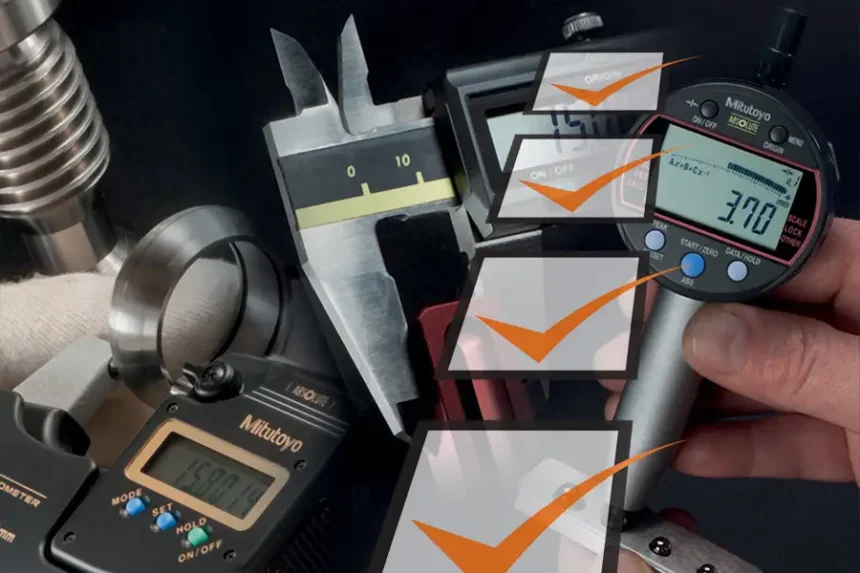In the rapidly evolving world of technology, Nometre is emerging as one of the most significant breakthroughs in precision measurement.
This advanced system is not just another measuring tool—it represents a leap into an era where accuracy is defined at the atomic scale.
With potential applications spanning healthcare, manufacturing, transportation, and more, Nometre is poised to reshape how industries measure, monitor, and innovate.
What is Nometre?
Nometre is a next-generation measurement system capable of calculating dimensions with unprecedented accuracy—down to the billionth of a meter.
Unlike traditional measurement tools that rely on mechanical or optical systems, Nometre harnesses the principles of quantum mechanics and nanotechnology.
By analyzing particle behaviour at atomic and subatomic levels, it delivers once unimaginable precision.
This capability stems from the fundamental properties of matter. Techniques like scanning tunnelling microscopy (STM) and atomic force microscopy (AFM) allow scientists to manipulate individual atoms and molecules, unlocking new possibilities in materials science, nanotech, and quantum computing.
Why Nometre Matters in the Modern Era
We live in a time when data precision is power. From personalized healthcare to AI-driven manufacturing, decisions increasingly rely on hyper-accurate measurements. Nometre doesn’t just enhance measurement—it redefines it.
Beyond technical benefits, the concept of “nometre” also represents a cultural shift toward privacy and user control.
In an age of data tracking and algorithm-driven profiling, platforms built on Nometre-like systems could enable operations without intrusive monitoring, offering cleaner, more minimal user experiences.
Key Benefits of Nometre
1. Enhanced Accuracy
Using advanced sensors and algorithms, Nometre achieves results with virtually zero margin for error, eliminating the need for repeated measurements.
2. Real-Time Monitoring
Instantaneous measurements allow faster decision-making in fields like emergency healthcare, automated manufacturing, and scientific research.
3. Scalability
Nometre systems handle both microscopic and large-scale measurements without compromising precision.
4. Speed and Efficiency
Capable of rapidly scanning and mapping complex 3D structures, Nometre streamlines operations in sectors where time is critical.
Industry Applications of Nometre
Healthcare
In medical diagnostics, Nometre can measure cell structures, monitor micro-implants, and assist in precision drug delivery.
Manufacturing
From microchips to aerospace components, Nometre ensures flawless precision, reducing material waste and production errors.
Transportation
High-speed rail systems, autonomous vehicles, and aerospace navigation benefit from real-time, ultra-precise measurement capabilities.
Challenges in Adopting Nometre
While promising, Nometre adoption faces hurdles:
- Data Security: Integrating with existing digital frameworks raises cybersecurity concerns.
- Integration Costs: Implementing Nometre into established systems may require substantial investment and workflow adaptation.
The Future of Nometre
The trajectory of Nometre points toward broader integration into daily life and industry operations. As hardware becomes more compact and AI integration improves, we can expect:
- Smarter Measurement Systems that predict and adapt in real-time.
- Cross-Industry Optimization enabling market trend predictions, supply chain automation, and advanced research capabilities.
- Mass Accessibility as costs decrease and scalability improves.
From healthcare to finance to global manufacturing, Nometre could redefine how we interact with data, design products, and make critical decisions.
FAQs About Nometre
Q: Which industries can benefit most from Nometre?
A: Healthcare, manufacturing, transportation, aerospace, and advanced research sectors are key beneficiaries.
Q: How does Nometre maintain data accuracy?
A: Through high-sensitivity sensors combined with AI-driven analytics, Nometre delivers precise, real-time measurements.
Q: Is Nometre easy to integrate?
A: While initial integration requires adaptation, compatibility issues are typically resolved with proper implementation planning.















